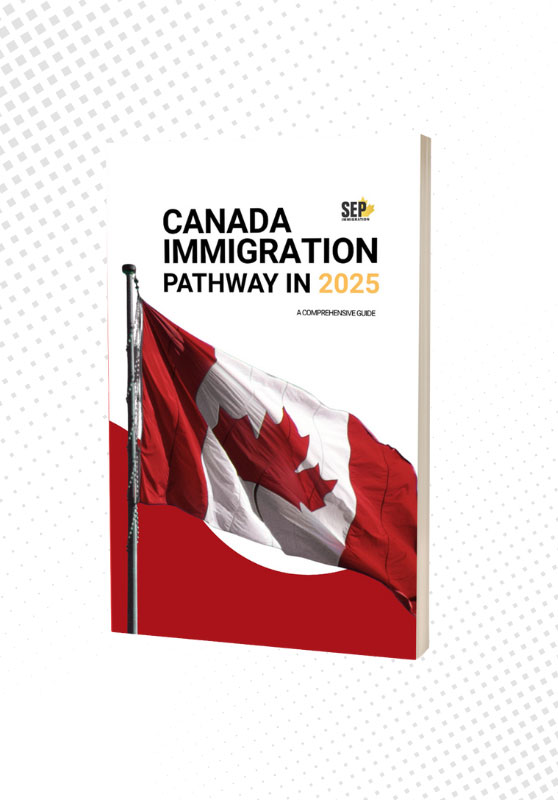Table of Contents
ToggleWhat Is a Pre-removal Risk Assessment (PRRA)?

A Pre-removal Risk Assessment (PRRA) is a process that allows individuals facing removal from Canada to seek protection. It gives them the opportunity to explain the risks they would face if they return to their country of origin. These risks can include torture, risk to life, or cruel and unusual treatment or punishment. Understanding the Legal Issues related to removal can help you prepare a more comprehensive PRRA application.
If the PRRA is successful, the applicant is allowed to remain in Canada. To apply for a PRRA, you must receive notification from the Canada Border Services Agency (CBSA) that you are eligible to apply. Without this notification, you cannot submit an application.
Who Is Eligible for a PRRA and What Are the Application Requirements?
To apply for a PRRA, you need to be notified by the CBSA, which typically happens when removal procedures are imminent. Eligibility depends on several factors, including whether you have previously made a refugee claim.
In some cases, you might also need an Authorization To Return To Canada, especially if you’ve been previously deported.
If your claim was rejected and new risks have emerged since then, you may submit a PRRA application. Applicants are required to complete the Application for a Pre-Removal Risk Assessment (IMM 5508) form and can submit additional written documents and evidence to support their case.
Is Pre-removal Risk Assessment the Same as a Humanitarian & Compassionate Application?
No, a PRRA is not the same as a Humanitarian & Compassionate (H&C) application. A PRRA is focused on protection and assessing the risks of being returned to your home country, such as torture or persecution.
Additionally, you may receive a Procedural Fairness Letter during this process if there are concerns about your application that need addressing.
An H&C application, on the other hand, takes into account personal circumstances and how removal from Canada would affect you, including the impact on family life, integration into Canadian society, and best interests of children involved.
H&C applications are not limited to cases of risk to life or safety and can be submitted at any time, even before removal procedures begin.
What Are the Key Factors That a PRRA Submission Should Address?
In a PRRA submission, the key factors include demonstrating the specific risks you would face if returned to your home country. This involves explaining how the risk concerns you personally, why you are unable to seek protection in your country, and whether you could avoid the risk by relocating within the country.
Reviewing your GCMS Notes can provide valuable insight into how your previous immigration interactions may impact your current application.
Evidence supporting claims of persecution or risk, such as documents from human rights organizations, news reports, or testimonies from people familiar with your situation, should also be included. Providing new evidence that wasn’t previously available can strengthen your case, especially if a previous claim was rejected.
Pre-removal Risk Assessment Process
The PRRA process begins when the Canada Border Services Agency (CBSA) notifies you of your eligibility. Once you receive this notification, you must submit your application to the IRCC Humanitarian Migration office by the deadline mentioned in the notification.
Applications can be submitted online or by mail. Along with the form, applicants can submit written submissions and evidence to support their case. If this is your first PRRA application, a stay of removal will be in place while your application is processed. If it’s not your first application, removal proceedings may continue. In some cases, a hearing may be scheduled to assess certain aspects of the submission.
What Happens if PRRA Is Rejected?
If your PRRA application is rejected, you will have to leave Canada. However, if you disagree with the decision, you may request a judicial review by the Federal Court of Canada.
To stay in Canada while this review is ongoing, you must also request a temporary stay of removal. If granted, this stay will allow you to remain in the country until the court makes a decision.
If you’re facing removal from Canada and unsure about your options, why not seek expert guidance? Contact us at SEP Immigration, and we’ll help you navigate the PRRA process, ensuring your application is well-prepared and your case is handled with care.
To apply for a PRRA, you must complete the IMM 5508 form and submit it to the IRCC Humanitarian Migration office. You can also include written submissions and evidence to support your case. Applications can be submitted online or by mail.
No, there is no fee to apply for a Pre-removal Risk Assessment (PRRA). The application is free of charge.






